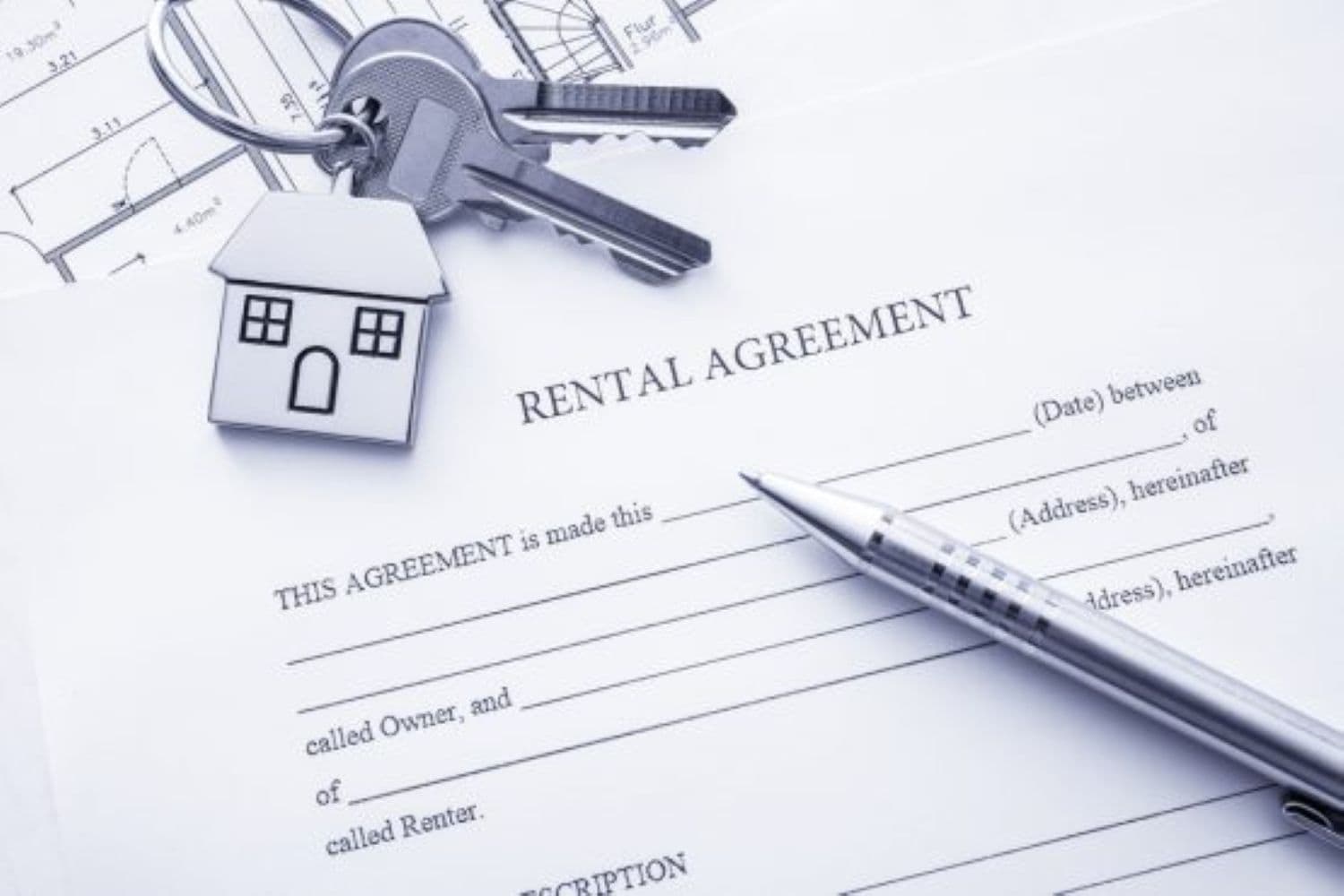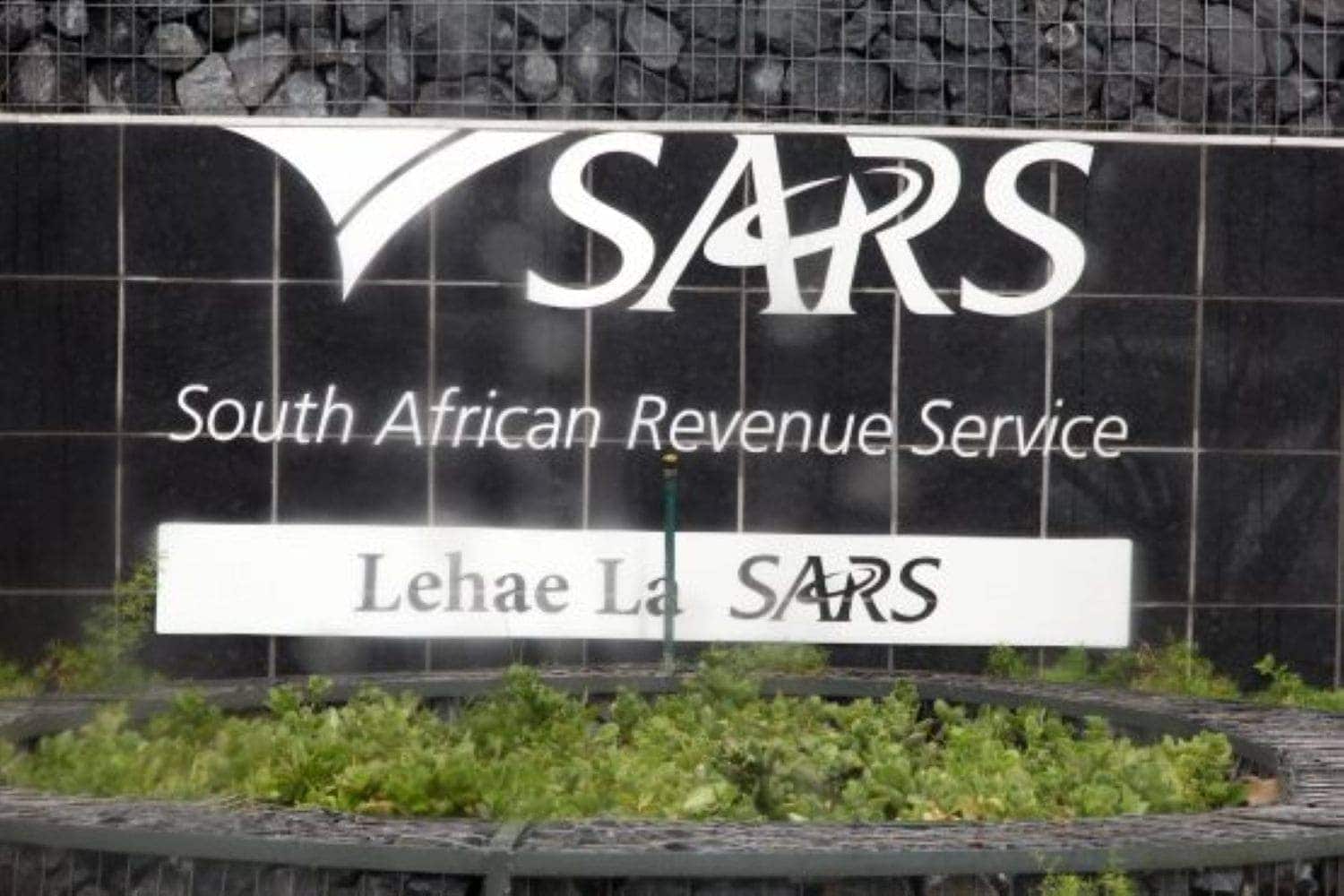A prospective tenant’s income remains the most reliable indicator of payment risk, says PayProp. Image: Supplied
With high interest rates and rising living costs, more South Africans are being pushed into the rental market – a trend that has worked in favour of landlords, who have seen improved rental returns in 2025.
According to the first edition of the 2025 Rode Report, high interest rates remain a key driver of rental demand, discouraging many would-be homebuyers from entering the property market.
“This will continue to push some potential buyers to opt for renting instead,” the report notes.
Since September 2024, residential rentals have consistently grown faster than inflation. In the first quarter of 2025, nominal rental growth ranged between 1.2% and 5.4% across South Africa.
Three provinces recorded rental increases above the inflation rate, with the Western Cape leading at 5.4%.
However, affordability remains a key constraint that could limit landlords’ ability to raise rents further this year, the Rode Report states.
ALSO READ: Looking to rent? These are your rights as a tenant
Applicant risk rising
With household budgets under strain, rental applicants are becoming riskier.
“Increasingly, prospective rental applicants could present a payment risk,” says André van Rooyen, head of sales at rental payment platform PayProp.
Data from PayProp’s Tenant Assessment Report for the first quarter shows that 26% of prospective tenants fell into the highest risk bracket – up from 25% in the same quarter last year.
This means more than a quarter of rental applicants were flagged as high risk.
Despite this, the largest group of applicants – 39.6% – was still classified as minimum risk. Around 20% were low risk, and 14.5% were deemed medium risk.
Van Rooyen notes that recent data points to a growing polarisation in tenant risk profiles.
“The distribution across the risk spectrum suggests that rental applicants are becoming more concentrated at both ends of the risk scale lately,” he says.
“This means careful tenant selection is more important than ever.”
ALSO READ: Average rent in Gauteng tops R9k: How do other provinces measure up?
Income still the strongest risk indicator
Van Rooyen says a tenant’s income remains the most reliable indicator of risk.
In the R80 000-and-above income bracket, more than 60% of applicants were classified as minimum risk, with only 12.2% falling into the high-risk category.
In contrast, 37% of applicants in the R10 000 to R20 000 income band were rated as high risk, with just 23% classified as minimum risk.
“Affordability is one of the first things any agent will check,” Van Rooyen says, adding that thorough vetting is especially important for lower-priced properties.
Younger applicants tend to be riskier tenants, according to PayProp’s data.
In the 20 to 29 age group, fewer than 30% of applicants were classified as minimum risk – likely due to shorter rental histories and limited credit records.
By contrast, 61.3% of applicants over the age of 60 were considered minimum risk.
“Tenant risk declined sharply for all age groups over 50,” Van Rooyen notes, attributing this to more stable finances and well-established credit profiles.
ALSO READ: Joburg elites spend more than R90k on monthly rent
Defaults increasing
Alongside higher applicant risk, rental defaults are also on the rise. According to PayProp’s data, 18.3% of tenants are in arrears, owing on average 77.5% of a month’s rent.
Ross Fitzcharles, founder and CEO of property technology firm Preferential, warns that this financial strain poses a serious challenge for landlords.
“The rising financial strain tenants experience could mean that landlords face a real and growing risk of rent defaults, which can lead to prolonged vacancies and the costly process of legal eviction.”
While legislation protects tenants against unlawful eviction, Fitzcharles says the same laws can make it difficult for landlords to remove non-paying tenants.
Despite these risks, only 60% of landlords screen tenants before signing leases.
“Screening is critical to help identify reliable tenants who are more likely to meet their financial obligations,” Fitzcharles stresses.
This article was republished from Moneyweb. Read the original here.














